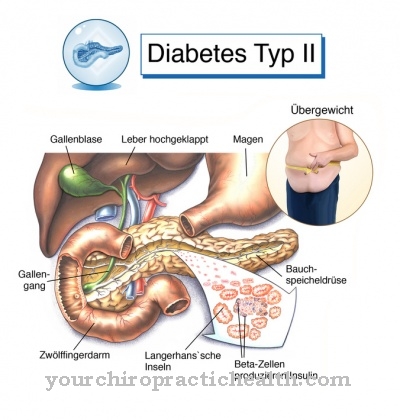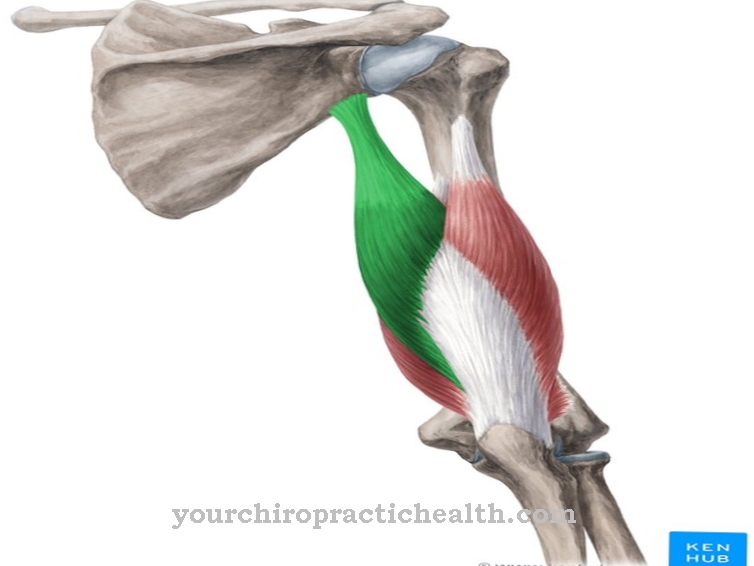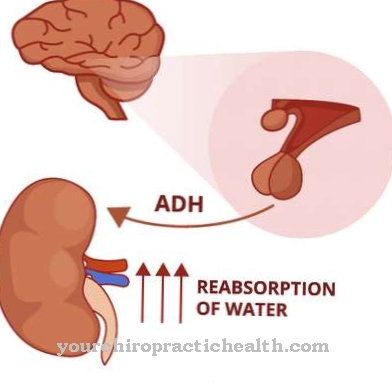As part of a Forceps delivery (also as Forces delivery known) the unborn child is carefully "pulled" out of the birth canal using forceps (Forzeps). The forceps delivery is used when complications occur in the last phase of delivery, the child is in acute danger or the medical professionals are of the opinion that the birth must be ended as soon as possible.
What is a forceps delivery?
The Forceps delivery and the suction cup delivery is also one of the "obstetric interventions". As a rule, they serve to accelerate the child's birth process. The reasons are of different nature; Doctors mainly opt for forceps delivery when the mother or child is in danger.
As a rule, forceps delivery is rarely used. Suction bell deliveries are more common. This is because the forceps delivery can be uncomfortable for the mother and the risk of injuries is also higher. Sometimes the forceps delivery can also be done faster.
While several instruments are required for delivery with the suction cup, the medical practitioner only needs the forceps for the forceps delivery. This guarantees that the birth process can be ended more quickly so that mother and child can get out of the dangerous situation.
When is a forceps delivery necessary?
Doctors decide in favor of forceps delivery if the child is at risk in the last phase of the birth - the so-called expulsion period. If the placenta and the uterus are poorly supplied with blood due to the prevailing contractions, the child must be delivered as soon as possible. This is because an acute lack of oxygen can arise.
It must also be taken into account that the head is exposed to extremely high pressure during childbirth, so there is a risk that the child's brain will not be supplied with enough blood. Doctors check the child's heartbeat during the birth process. Using CTG (the cardiotocogram), the doctor can check whether there is occasional stress or a possible lack of oxygen; both aspects would endanger the best interests of the child.
If there are noticeable changes in the CTG, the physician can - thanks to the forceps delivery - accelerate the birth process and minimize any risks that may affect the child or mother. Because even if the mother is very exhausted and there are medical reasons that the woman can no longer (or may) press, the delivery can be accelerated or supported by forceps delivery.
Reasons to speed up the birth because it takes too long or the pain is too strong do not justify forceps delivery. Obstetrics is only used when there are real dangers and risks that affect either the child or the mother.
What happens during a forceps delivery?
The expectant mother is on the delivery bed, while the doctor in charge checks the cervix and the position and position of the unborn child. Then the woman's bladder is emptied using a disposable catheter. In this way, the doctor can apply anesthesia and perform the perineal incision.
There are different variants of the forceps; the doctor must therefore select the right forceps for the woman in advance.The forceps are made up of two metal sheets that are reminiscent of a spoon. This is because the surfaces of the forceps can be placed on the head of the unborn child. The “spoons” are inserted individually and then carefully placed.
The doctor tries to attach the spoons to the side of the child's head. Then he connects the pliers parts and tries to create a handle. Before the forceps delivery is performed, the medical practitioner makes sure that the forceps have been attached correctly. With the next contraction in which the woman has to squeeze, he carefully tries to pull the child out of the birth canal.
Once the baby's head is born, the doctor can put the forceps aside; the birth continues normally. Further use of the forceps is not necessary if the head can be seen or has been born.
Effects on the child
If used carefully, forceps delivery has no effect on the unborn child. Ultimately, this variant is an “obstetric support”. However, any risks and dangers must be discussed in advance. Ultimately, if the doctor presses the “spoon” too hard, he can cause injuries.
The child can suffer bruises or facial nerve injuries. Sometimes a skull fracture can also occur. These complications are possible, but usually rarely occur. Injuries can also be inflicted on the mother. Sometimes it is possible that the birth canal is injured or the perineal incision continues to tear or the cervix cracks. These injuries are also rare.
Advantages of forceps delivery
Forceps delivery, although an emergency solution, can have advantages. If the doctor decides in favor of forceps delivery, he dispenses with several instruments - in contrast to the usual delivery with a suction cup - since only one forceps is required here.
The forceps are usually ready to use immediately, so that if there is a danger to the child or mother, the birth can be ended quickly. It is important that the mother is informed about the procedure, which is usually not a problem or the mother must be informed.









.jpg)













.jpg)



.jpg)
